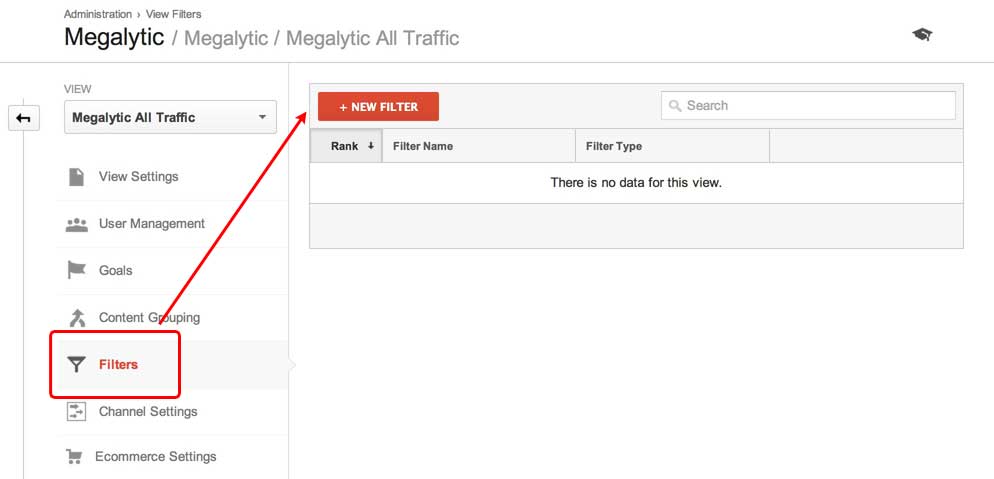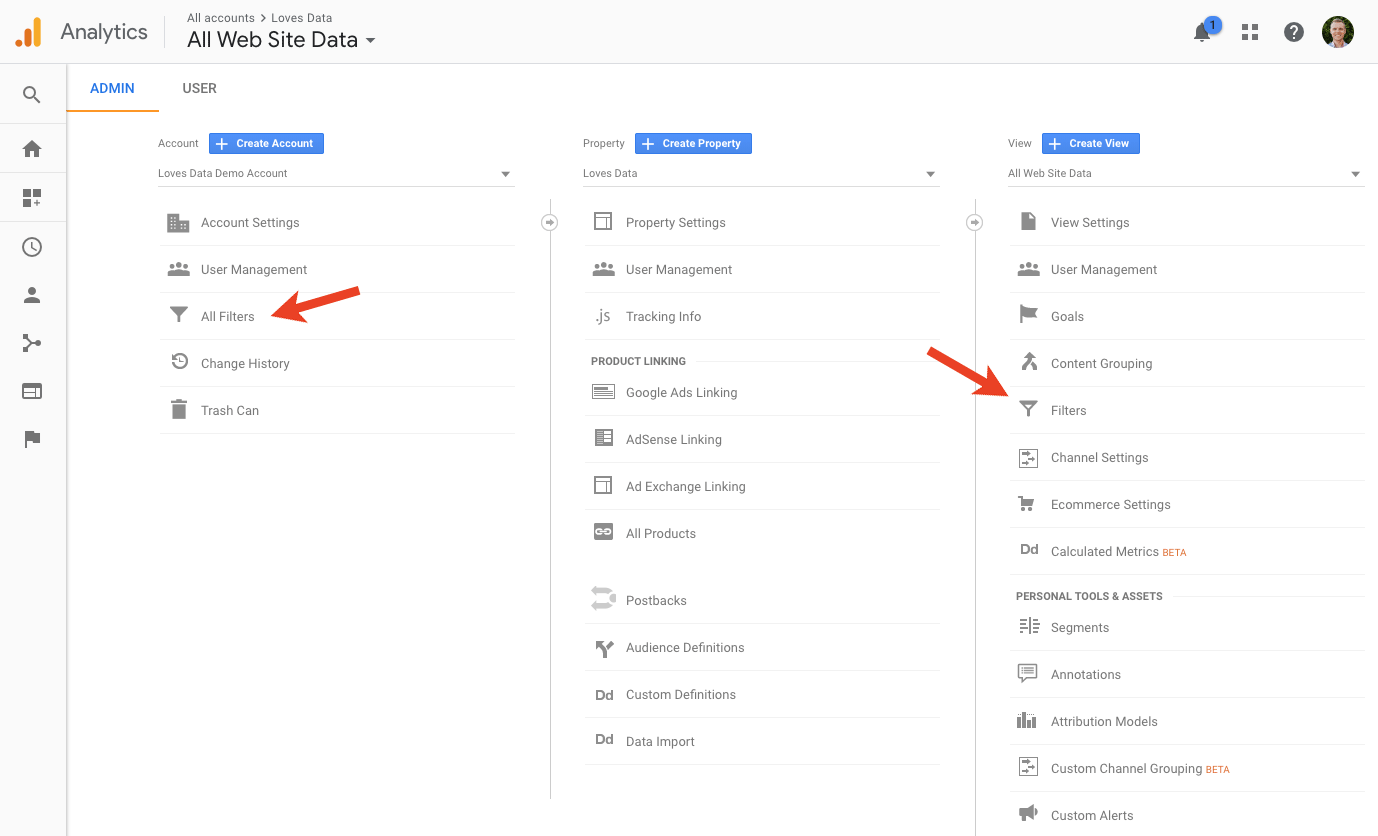The 4-Minute Rule for In Which Order Does Google Analytics Filter Data
Table of ContentsGetting My In Which Order Does Google Analytics Filter Data To WorkIn Which Order Does Google Analytics Filter Data for BeginnersThe Main Principles Of In Which Order Does Google Analytics Filter Data The Main Principles Of In Which Order Does Google Analytics Filter Data An Unbiased View of In Which Order Does Google Analytics Filter DataRumored Buzz on In Which Order Does Google Analytics Filter Data
io" is the site and if I most likely to the homepage and click some various other web pages like signup page, it reveals me in the real-time report popping-up as exactly how we established in the filters. This web page is the of web site as well as you can see the sub-domain highlighted as.
Comparable to the previous process, we must produce a brand-new filter as pointed out in the last actions - In Which Order Does Google Analytics Filter Data. in this new filter, I'm calling it as and also I'm choosing Then I'm keying the filter pattern as In this filter pattern, the pipeline icon () is consisted of to connect any type of various other hostname that you intend to consist of in addition to the other hostnames
5 Easy Facts About In Which Order Does Google Analytics Filter Data Explained
This is just how you can go inspect your internet site as well as comeback sight in real-time reports. The real-time report now shows the changes that you made when creating that filter. In this situation, the Fractured web page clarifies regarding link of the page i. e when the Web page URL being duplicated the very same, leaving out reduce or any kind of minute components.
Now develop a brand-new filter and also I name it as. Choose and also select the filter areas.

See This Report about In Which Order Does Google Analytics Filter Data
The adhering to guidelines will certainly walk you with the process: Create a new Google Spread sheet (or open an existing one). From the add-on description page, click the "+" in the top right corner to add this add-on to your spreadsheet.
Reports can be developed by hand or with the assistance of the add-on's report production device. To make use of the device, select "Attachments" > "Google Analytics" > "Produce a New Report" from the menu bar.
This is deliberate. In Which Order Does Google Analytics Filter Data. The device is indicated to assist get you started and supply you with the info you might not pop over to this site recognize off the top of your head. The remainder of the fields will need to be entered by you. If you have any kind of inquiries about what to put in each field, see the reference at the end of this web page.
Little Known Questions About In Which Order Does Google Analytics Filter Data.
It can be a sheet in the spreadsheet you're currently in, or a various spreadsheet completely (as long as you have edit accessibility to that spread sheet). To publish the outcomes to a different spreadsheet copy the spread sheet URL as well as paste it into the cell to the right of the "spreadsheet-url" specification.
This opens a record organizing dialog where you can turn organizing on and off, as well as establish exactly how often your record will run. To turn organizing on, check the box classified "Enable reports to run immediately." Once scheduling is enabled you can make use of the select dropdown to control the time and also regularity.
When organizing reports, make sure there is lots of time in between when you develop the routine and when the routine is intended to run. find out Name Summary This is the record name. It will additionally be the name of the sheet where the go to website report information is composed.
For instance, the adhering to expression returns the last day of the previous month: =EOMONTH(TODAY(), -1) Completion day for fetching Analytics information. Demands can specify an end day formatted as YYYY-MM-DD, or as a relative date (e. g., today, the other day, or Ndays, Ago where N is a positive integer). You can likewise use Sheets date functions to specify this worth programmatically.
Metrics can be specified in a couple of layouts: For example, every one of the following are legitimate values for the Metrics specification. ga: sessions, ga: bounces ga: sessions ga: bounces ["expression": "ga: sessions/ga: users", "alias": "Procedure per User", "format, Type": "DRIFT", "expression": "ga: total, Events/ga: pageviews", "alias": "Occasions per Pageview", "formatting, Type": "DRIFT"] For the majority of make use of instances, a checklist of statistics IDs is the simplest means to specify the Metrics parameter.
The In Which Order Does Google Analytics Filter Data Statements
The full listing of dimensions as well as metrics and their valid combinations is readily available making use of the Capacities and Metrics Explorer. Call Summary A listing of dimensions to query. Measurements can be defined in one of 2 layouts: As an example, every one of the adhering to are valid values for the Metrics criterion. ga: source, ga: gadget, Classification ga: resource ga: tool, Classification ["name": "ga: source", "name": "ga: gadget, Classification"] For a lot of use instances, a list of dimension IDs is the most convenient way to define the Capacities criterion.